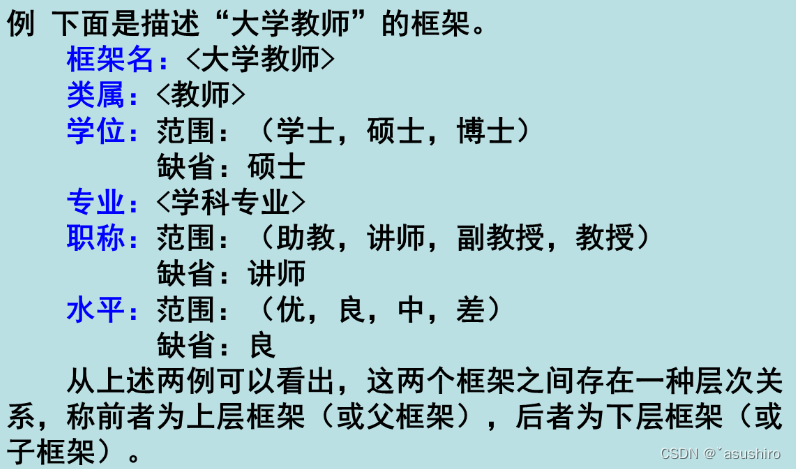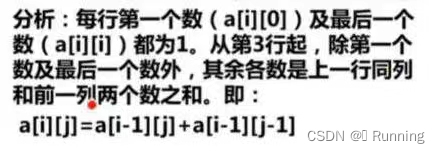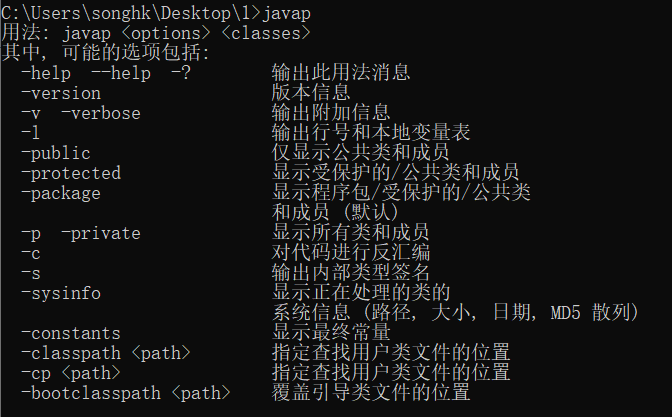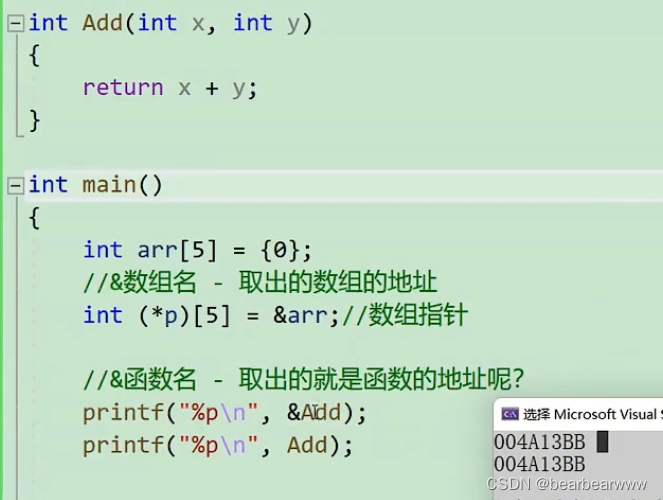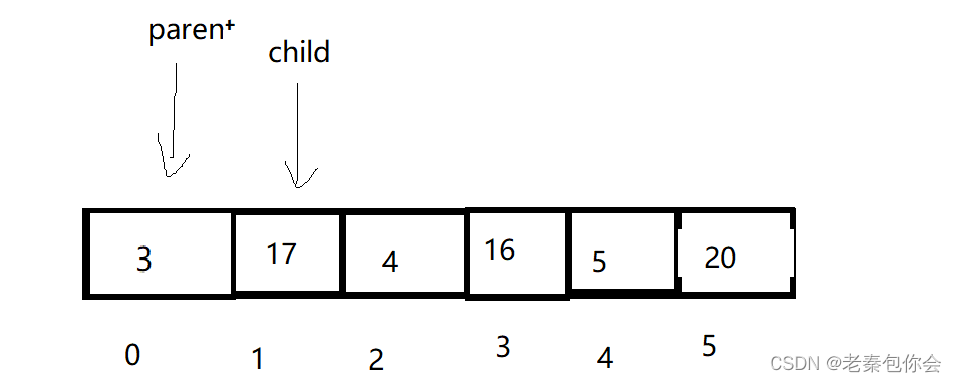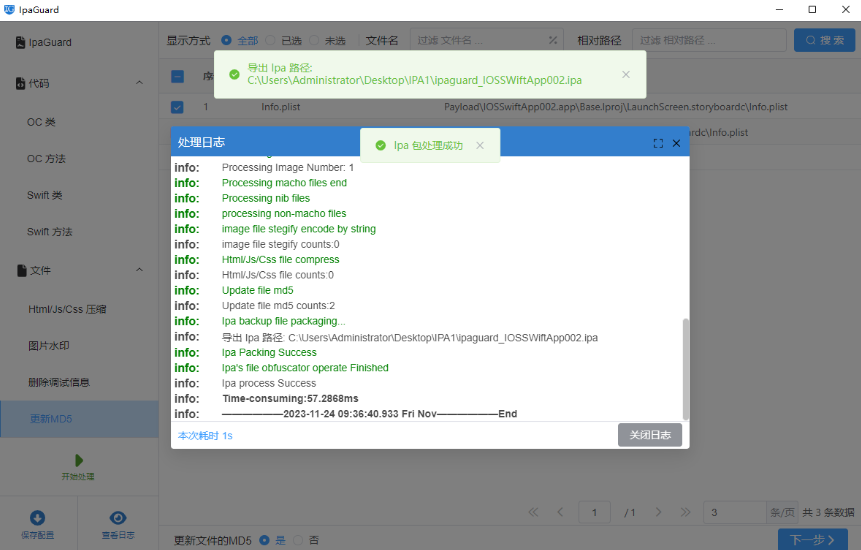题目:
表:
Employee+--------------+---------+ | 列名 | 类型 | +--------------+---------+ | id | int | | name | varchar | | salary | int | | departmentId | int | +--------------+---------+ 在 SQL 中,id是此表的主键。 departmentId 是 Department 表中 id 的外键(在 Pandas 中称为 join key)。 此表的每一行都表示员工的 id、姓名和工资。它还包含他们所在部门的 id。表:
Department+-------------+---------+ | 列名 | 类型 | +-------------+---------+ | id | int | | name | varchar | +-------------+---------+ 在 SQL 中,id 是此表的主键列。 此表的每一行都表示一个部门的 id 及其名称。查找出每个部门中薪资最高的员工。
按 任意顺序 返回结果表。
查询结果格式如下例所示。来源:力扣(LeetCode)
链接:力扣(LeetCode)官网 - 全球极客挚爱的技术成长平台
示例:
示例 1:
输入:
Employee 表: +----+-------+--------+--------------+ | id | name | salary | departmentId | +----+-------+--------+--------------+ | 1 | Joe | 70000 | 1 | | 2 | Jim | 90000 | 1 | | 3 | Henry | 80000 | 2 | | 4 | Sam | 60000 | 2 | | 5 | Max | 90000 | 1 | +----+-------+--------+--------------+ Department 表: +----+-------+ | id | name | +----+-------+ | 1 | IT | | 2 | Sales | +----+-------+
输出:+------------+----------+--------+ | Department | Employee | Salary | +------------+----------+--------+ | IT | Jim | 90000 | | Sales | Henry | 80000 | | IT | Max | 90000 | +------------+----------+--------+
解释:Max 和 Jim 在 IT 部门的工资都是最高的,Henry 在销售部的工资最高。
解法:
将Employee表左外连接Department表,根据部门分组找出每个部门的最高薪水。由于最高薪水对应的人数可能不止1人,所以遍历合并后的表,取出每个部门对应最高薪水的人的信息。
知识点:
1.DataFrame.itertuples(self, index=True, name='Pandas') :返回一个迭代器,为DataFrame中的每行生成一个命名的元组。元组的第1个元素将是行的相应索引值,而其余值是行值。index:是否将将索引作为元组的第1个元素返回,默认为True;name:返回的namedtuple的名称。例如:
data = [[1, 'Joe', 70000, 1], [2, 'Jim', 90000, 1], [3, 'Henry', 80000, 2], [4, 'Sam', 60000, 2], [5, 'Max', 90000, 1]] employee = pd.DataFrame(data, columns=['id', 'name', 'salary', 'departmentId']).astype({'id': 'Int64', 'name': 'object', 'salary': 'Int64', 'departmentId': 'Int64'})for item in employee.itertuples(): print(item)
2.getattr(object, name[, default]):返回对象属性值。object:对象,name:对象属性名。
代码:
import pandas as pd from collections import defaultdict def department_highest_salary(employee: pd.DataFrame, department: pd.DataFrame) -> pd.DataFrame: dic = defaultdict(list) m = pd.merge(employee, department, how='left', left_on='departmentId', right_on='id')[['name_y', 'name_x', 'salary']].sort_values(['name_y', 'salary'], ascending=[True, False], ignore_index=True) for item in m.itertuples(): if len(dic[getattr(item, 'name_y')]) == 0 or getattr(item, 'salary') == dic[getattr(item, 'name_y')][0][0]: dic[getattr(item, 'name_y')].append([getattr(item, 'salary'), getattr(item, 'Index')]) rows = [] for item in list(map(lambda x: list(zip(*x))[1], dic.values())): rows.extend(item) return m.iloc[rows].rename(columns={'name_y': 'Department', 'name_x': 'Employee'})

